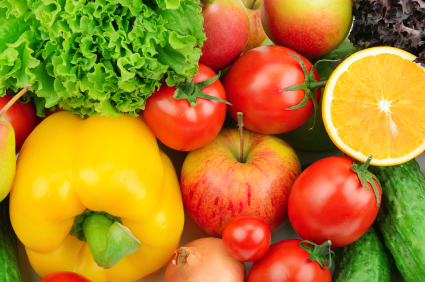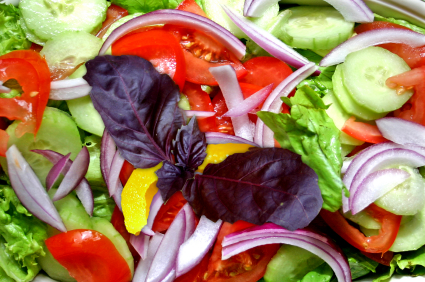Most of us reach our yearly highest weight in March, and our lowest weight in August. There is a definite seasonal dimension to weight gain and loss. It is likely due to the food we eat at different times of the year. It may also be due to the regular exercise we don’t get.
There is no department of living where common sense and the sane application of principles are so necessary as our own nutrition. We are what we eat. Our health depends on good food choices.
If only there were an inner choice mechanism which made good food more appetizing and other food unattractive. We would be a lot better off. The closest to an absolute rule we can count on is the law of the survival of the fittest!
Of course, a scale of degrees exist between doing nothing about our nutrition and successful weight control. Fortunately, our success is accompanied by a faint sound of triumph at first, louder as our moods, energy levels and self-confidence increase, clear and jubilant every healthy day we live.
Let’s be concerned with what we should eat. We should eat less by cutting portion sizes and eliminating certain foods. We must exercise more, especially walking and swimming. Stay motivated by measuring our weight at lest once a week. Weight control is a lifelong effort that incorporates routines and strategies as well as a high level of commitment.
Lifestyle Tips
Cut empty calories this way:
- Limit the use of butter, mayonnaise, cream cheese
- Eliminate sauces (tartar, Hollandaise, white)
- Think before eating nuts, olives and cocktail cheeses
Cut back on:
- Sugar, honey, molasses, jams, jellies, candy
- Gravies, creamed foods, salad dressings
- Remove chicken skin before cooking to save 2/3 calories
- Use non-stick cookware to save 50% of the fat in the food
- Avoid salads with eggs, bacon, avocados, marinated vegetables
- Ask for salad dressings on the side and dip the fork
- Order a la care in a restaurant
- If you choose to drink, alternate wine with water
Weight control requires a daily focus on the quality of our food and on the size of the portions we eat:
- 4 to 5 servings of fruits, vegetables and grains
- 4 servings of bread, pasta, rice or cereal
- 2 servings of milk, cheese, ice cream or yogurt
- 2 servings of meat, poultry, eggs, fish, nuts or beans
How Big is a Serving Size?
Choosing the amount of food you should eat is easy to visualize…
| 1 oz of meat | a car door opener |
| 8 oz of meat | a deck of cards |
| an apple | a tennis ball |
| a bunch of grapes | a box of floppy discs |
| a potato | a computer mouse |
| 1 cup of salad | a baseball |
| 1 slice of bread | a cassette tape |
| 1 oz. of cheese | four dice |
| ½ cup cooked vegetables: | |
| 8 baby carrot or sticks | 1 ear of corn |
| 6 asparagus spears | 4 spears of broccoli |




